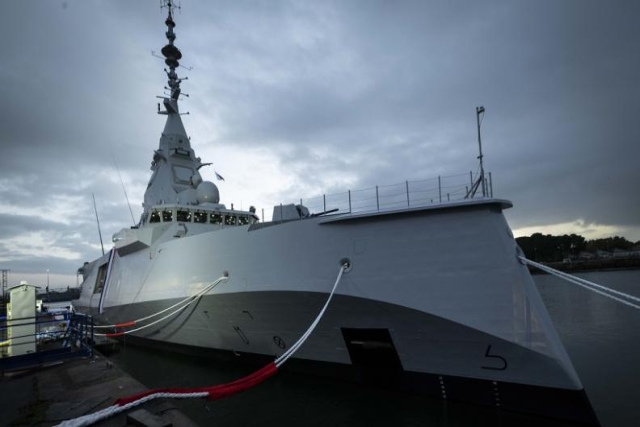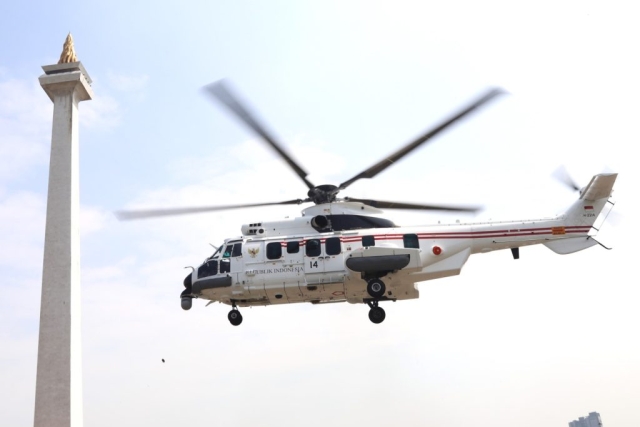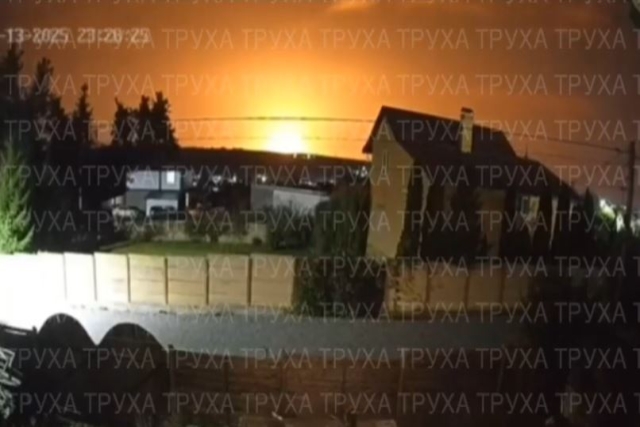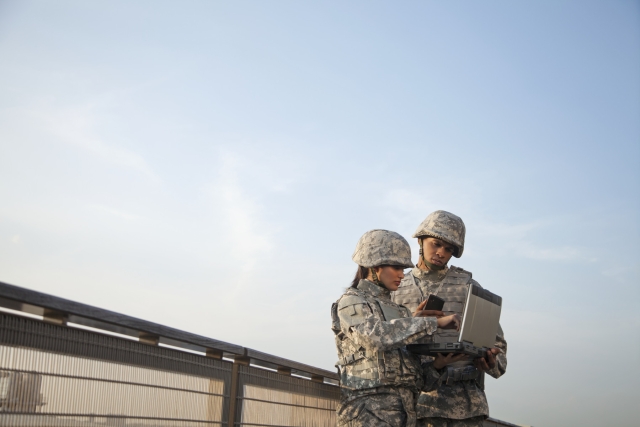Lockheed Martin Delivers 100th THAAD Interceptor
Lockheed Martin has delivered the 100th interceptor for the Terminal High Altitude Area Defense (THAAD) system.
THAAD, a key element of the Ballistic Missile Defense System (BMDS), is considered effective in defending the US military, allied forces, citizen population centers and critical infrastructure from short- and medium-range ballistic missile attacks.
Richard McDaniel, Lockheed Martin's vice president for the THAAD system said in a statement on Thursday, "As we reach this 100th interceptor, we are now entering a true production environment and are poised to increase volume, improve efficiency, reduce costs and meet surging demand from US and international partners."
THAAD interceptors utilize "hit-to-kill" kinetic energy technology to destroy missile threats in both the endo- and exo-atmosphere. The system is rapidly deployable, and also interoperable with other BMDS elements used across the globe, working in concert with Patriot and PAC-3, Aegis, forward-based sensors and the Command, Control, Battle Management and Communications (C2BMC) system.
The US Army will activate five of seven programmed THAAD batteries by the end of 2015, and the system's capability has led to a demand from international allies.
The United Arab Emirates (UAE) was the first international partner to procure the THAAD system with a contract awarded in 2011.











